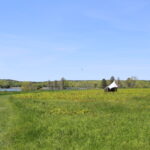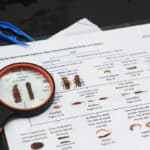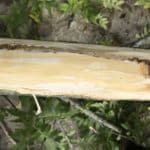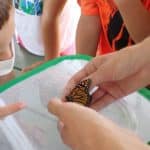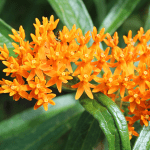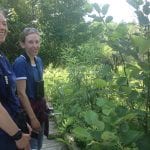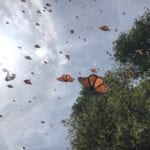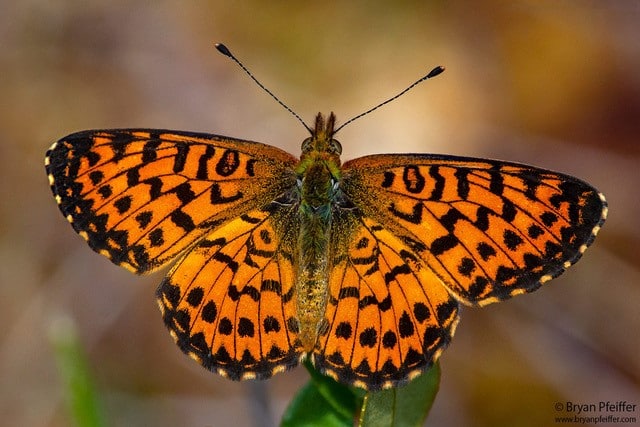
According to a recent study, 40 percent of the world’s insect species are in danger of extinction. All signs point to the fact that the decline—both in the abundance of insects and in the diversity of insect species—is not a local or regional issue but a global one. Insects are critical to all ecosystems, so understanding and slowing this decline will be a cornerstone of protecting Maine’s wildlife and wildlife habitat.
Background
Hearing reports about insect declines from around the world, Maine Audubon started to wonder how Maine’s insect populations are doing. To understand trends in populations, you need to have data going back decades. Did those datasets exist? Working with partners from the Department of Inland Fisheries and Wildlife (IFW), the Maine Entomological Society, and others, and with funding primarily from the Maine Outdoor Heritage Fund, we put out a call to entomologists and state agencies for insect datasets, and hired Dr. Francis Drummond to evaluate them.
The Report
Dr. Drummond’s report, which was completed in January 2022, found that nine of the 17 datasets, including IFW’s community science based butterfly and dragonfly atlases, had enough data to see some potential trends. Dragonflies, butterflies, and hoverflies showed some declines, but more data and deeper analyses are needed.
The team will now need to identify subgroups and decide on the need for additional data, survey protocols, how and where to survey, and more. Conservation Biologist Sarah Haggerty says they will likely focus on butterflies, dragonflies, and flower flies to start.
For example, Maine has 121 species of butterflies, which have been surveyed between 1864 and 2020. Overall total abundance showed no decline over time, but species richness did show a significant decline over time. Conclusions were difficult to draw; patterns of decline have shifted over time and dynamics between towns are not well documented enough. Nevertheless, twenty percent of Maine’s butterfly species are state-listed as “endangered,” “threatened,” or “of special concern” by the Maine Inland Fisheries and Wildlife Department, three of which are extremely rare. These would be likely candidates to be the focal species in future surveys regarding insect populations in Maine.
Evidence for Arthropod Decline in Maine: Executive Summary (PDF)
Next Steps
With 22 million acres in Maine, we will need all the help we can get, so look for future opportunities to join us in community science projects looking for insects across the state!
Above Photo: Boloria chariclea (Purple Lesser Fritillary Butterfly or Arctic Fritillary), considered threatened in Maine, is only known to exist in one population and would be one of the focal species in future surveys regarding insect populations in Maine. Photo by Bryan Pfeiffer; used by permission.
News
Our View: Insect population’s rapid decline alarming – The Department of Inland Fisheries & Wildlife teams with Maine Audubon to study the decline here (Portland Press Herald, March 18, 2019)
Maine Launching Urgent Effort To Survey Insect Population Following ‘Stunning’ Declines Globally (Maine Public, March 8, 2019)
This project was funded in part by the Maine Outdoor Heritage Fund, in which proceeds from the sale of a dedicated instant lottery ticket currently “Money Comb” are used to support outdoor recreation and natural resource conservation. For more information about MOHF, visit: www.maine.gov/ifw/mohf


